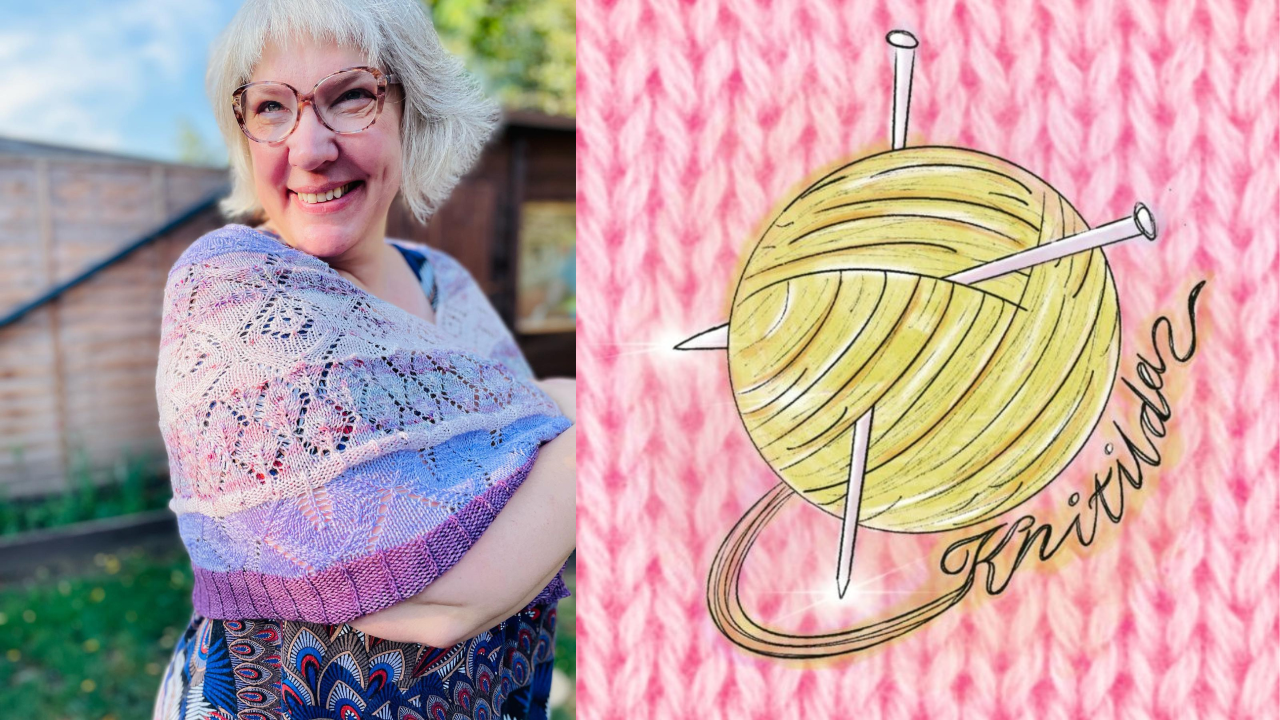Spotlight the teacher - Blog post - Matilda Johansson

Every month we spotlight one of our fabulous members! This month we have been getting to know more about Matilda from Knitilda (great name!). See our previous blog post for a recorded interview with Matilda. Matilda runs Knitilda from her home in Twickenham, London, where she lives with her husband, two youngest daughters and two cats and two dogs! You can find out more about Knitilda on her Knitting For All teacher page and on her own website. We are delighted to share this blog post written by Matilda about her experience managing large knitting clubs for children.
Managing larger knitting clubs in primary schools! By Matilda Johansson
I started the ‘Knitilda’ knitting clubs September 2022 and after a little bit of a slow start, I soon had great responses from local schools that were interested.
One of the things I encountered straight away was the request for accommodating large groups. Most of the local primary schools wanted to make sure that they were offering the opportunity to learn how to knit to larger cohorts than I had anticipated.
This presented an immediate challenge but fortunately one of my adult daughters (a knitter herself) was available to help, and as I have been teaching knitting to adults through Adult Education, I was able to reach out to some of my former students to ask them if they were also interested.
I was in luck and quickly gathered a team of wonderful assistants who were ready for the job at hand!
When we first started I (we) were quite overwhelmed as everyone needed help all the time and although I managed to maintain a maximum ratio of 1 adult per 8 children, it was very stressful and I often felt that I was not doing a good enough job to properly support each child.
However, as the term proceeded we developed techniques through trials and errors, and a lot of reflection!! The bullet points below have really helped me to get my knitting clubs off to a good (and strong) start from the beginning:
- Organising the large group into smaller teams! I have found it is better to have all of the children who are beginning to learn to knit together as they can support each other and often the questions are the same. They can then progress onto another team (run by another assistant) of more advanced knitters as soon as they are ready.
- As the groups are progressing we sometimes move the groups around. We have often found that the children who need additional support benefit hugely from ‘one to one’ support with a focused adult, so once most of the children are ‘up and running’ we take time to refocus on the children who may still be struggling. This can really make a huge difference to a child.
- In a large group it is important to keep the engagement going! If something seems boring (for example knitting with the same colour), I switch it up a bit and show the children how to change the colour whilst working garter stitches - I find this very effective especially with the children who have picked up knitting quickly but are not yet ready to move onto purling. In the beginning of a new course I also have other craft resources readily available on the table to keep children entertained when waiting for their turn to access help.
- We sometimes encourage more experienced knitters to help newbies. This can be very effective depending on the relationship between the children and how well the more experienced knitter is able to explain the process. However, knowing how to knit is very different to teaching how to knit, so we do err on the side of caution and ensure we are supporting the child who is teaching as much as the child learning.
- I always bring extra knitting needles and yarn to a class in case someone forgets their knitting bag!
- I add video tutorials to my website which I encourage the children to watch in the week with an interested adults as this can help them when practicing at home - check out my website: https://knitilda.com/
I am sure there is plenty more but I think this will do for now. What we do find is key with running larger groups is to keep reflecting as the children are all unique in their own way, and they have different learning styles - so what works with one child, may not necessarily work for another!
Happy knitting all!

